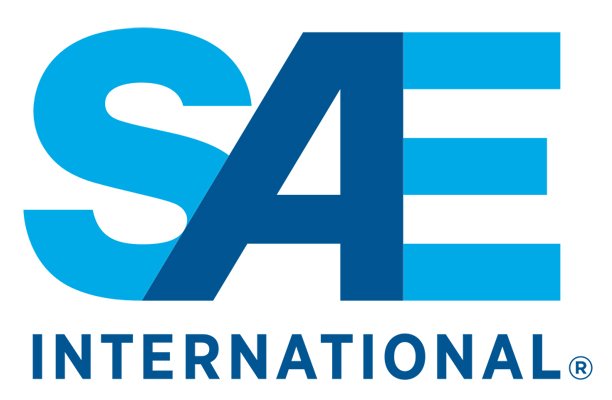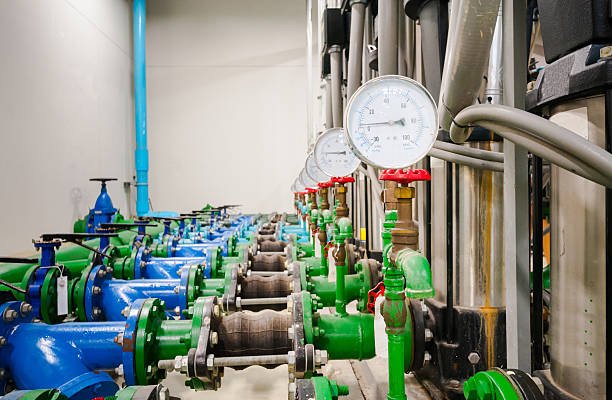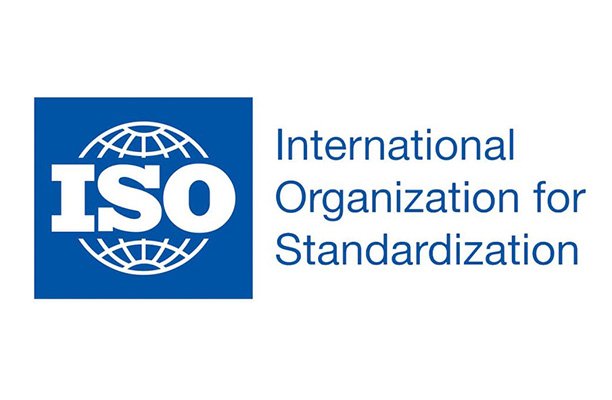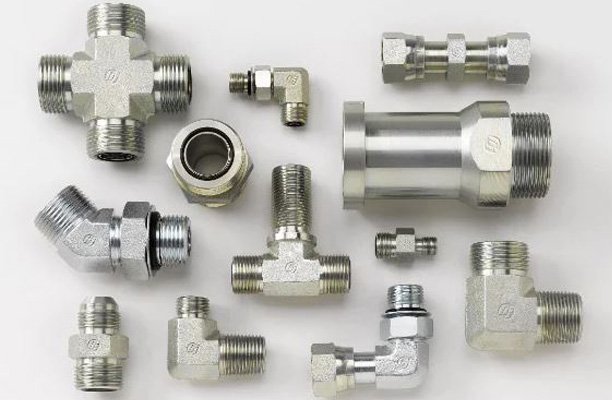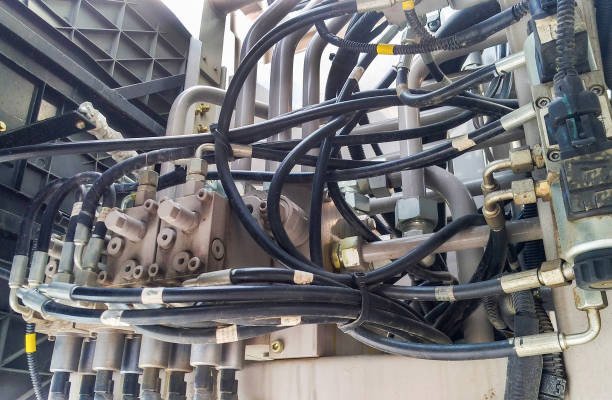SAE is an acronym you’ve likely encountered, but its meaning varies based on context. Whether you’re dealing with automotive engineering, agriculture education, or even just mailing a letter, SAE has different but equally significant roles. In this article, we’ll explore the most common meanings of SAE, what they represent, and how they affect various industries.
SAE in Automotive Engineering: Society of Automotive Engineers
One of the most prominent meanings of SAE, particularly in technical fields, is Society of Automotive Engineers. Today, this organization is officially known as SAE International, and it’s a globally recognized leader in establishing standards for industries like automotive, aerospace, and commercial vehicles.
What Does SAE International Do?
Founded in 1905, SAE International originally focused on improving automotive engineering. Over time, it expanded its scope to include a wide array of transportation industries, including aerospace and commercial vehicles. SAE International’s primary function is to develop and maintain industry standards that ensure vehicles, machinery, and equipment are safe, reliable, and efficient.
Key activities of SAE International include:
- Setting standards: The organization establishes technical standards for materials, tools, and procedures across industries.
- Publishing research: SAE is a leader in sharing new research, academic papers, and technical reports related to engineering advancements.
- Professional development: SAE offers various certifications, educational programs, and conferences that help engineers and professionals stay current in their fields.
For example, the SAE is responsible for standards such as:
- SAE J1772: The standard for electric vehicle (EV) charging connectors, crucial for interoperability among different charging systems.
- SAE oil viscosity ratings: A system that measures the viscosity or thickness of engine oils, which you’ve probably seen when purchasing motor oil labeled SAE 5W-30 or SAE 10W-40.
SAE in Hydraulic Fittings: Society of Automotive Engineers
In hydraulic systems, SAE stands for the Society of Automotive Engineers, which sets standards for hydraulic components. These standards ensure safety, compatibility, and performance in high-pressure systems across industries like automotive and aerospace.
Common SAE Hydraulic Fittings:
- SAE J514: This standard covers flare fittings and straight-thread fittings, commonly used in hydraulic systems for providing a secure, leak-proof connection.
- SAE J1453: This standard defines O-Ring Face Seal (ORFS) fittings, which are popular in hydraulic applications because they offer excellent sealing capabilities, especially in high-pressure environments.
These standards help create uniformity in hydraulic system components, ensuring that parts from different manufacturers can be interchanged without sacrificing safety or efficiency. SAE fittings are known for their durability and reliability, making them a go-to choice for hydraulic applications across various industries.
SAE in Oil Viscosity: What Does It Mean?
One of the most recognizable uses of SAE is in oil viscosity ratings for cars. When you see SAE 10W-30 or SAE 5W-20 on a bottle of motor oil, this refers to the standards set by SAE International for measuring oil thickness.
Here’s how to decode these ratings:
- SAE: Refers to the Society of Automotive Engineers, which set up the oil classification system.
- 10W: Refers to the oil’s viscosity at cold temperatures (the “W” stands for winter). Lower numbers mean the oil flows more easily in cold conditions.
- 30: Indicates the oil’s viscosity at the engine’s normal operating temperature. A higher number means thicker oil, which offers more protection at high temperatures.
These standards help ensure consistency across oil brands, so consumers know exactly what they’re buying and how it will perform in their vehicle.
SAE in Education: Supervised Agricultural Experience
In educational settings, especially in agricultural programs, SAE stands for Supervised Agricultural Experience. This is a key component of agricultural education in the United States, especially for students involved in organizations like Future Farmers of America (FFA).
What Is a Supervised Agricultural Experience?
The Supervised Agricultural Experience (SAE) allows students to apply classroom knowledge to real-world agricultural projects. It is essentially a hands-on learning program where students can practice what they’ve learned about farming, livestock management, crop production, or agribusiness in a practical setting.
Types of SAE programs include:
- Entrepreneurship SAE: Students start and manage their own agricultural business, such as a landscaping service or a small farm.
- Placement SAE: Students work for an existing agricultural business to gain job experience and technical skills.
- Research SAE: This program involves conducting experiments or research projects related to agriculture, such as testing soil quality or studying crop growth patterns.
- Exploratory SAE: Designed for beginners, this allows students to explore different aspects of agriculture before committing to a specific field.
Each type of SAE helps students develop real-world skills, preparing them for careers in agriculture, business, or scientific research.
SAE in Business: Self-Addressed Envelope
Switching to a less technical but equally important meaning, SAE in the business world often stands for Self-Addressed Envelope. This term comes up frequently in professional communication, especially when requesting information or documents by mail.
What Is a Self-Addressed Envelope?
A Self-Addressed Envelope (SAE) is simply an envelope that you address to yourself. You send it to someone along with a request, and they can use it to send you a reply or return materials. You’ll often see this in situations like:
- Job applications: Some companies require applicants to send an SAE if they want application materials returned.
- Rebate requests: When claiming a rebate, companies might ask you to include a Self-Addressed Envelope for them to send your rebate check.
- Contests and promotions: Some sweepstakes and contests require you to send an SAE to receive further instructions or claim a prize.
While it might seem old-fashioned in today’s digital age, the SAE is still widely used in certain industries and professional scenarios.
Other Uses of SAE
While the meanings listed above are the most common, SAE has several other niche definitions across different industries:
- SAE in Electronics: In the world of audio technology, SAE stands for Standard Audio Encoding, which refers to a format used for encoding audio files.
- SAE in Military: In some military applications, SAE stands for System Architecture Engineering, a framework used in designing complex systems for defense or aerospace.
- SAE in Academic Research: SAE International also publishes a range of technical papers, academic journals, and research documents that contribute to the field of engineering.
Why Does SAE Matter?
The acronym SAE is important across industries due to its wide impact. From setting engineering standards and teaching agricultural skills to improving business communication, SAE plays a key role in daily life.
Key Takeaways:
- Society of Automotive Engineers (SAE International): Influences automotive, aerospace, and commercial industries through its technical standards, such as oil viscosity ratings and EV charging connector standards.
- Supervised Agricultural Experience (SAE): Provides students in agricultural education programs with hands-on learning opportunities that prepare them for real-world careers.
- Self-Addressed Envelope (SAE): A practical tool in business and communication that ensures documents or replies are easily sent back to the original requester.
Understanding the different meanings of SAE offers insight into how it impacts various areas of life. whether you’re driving, learning a trade, or managing business communication.
FAQs
1. What does SAE stand for in automotive engineering?
SAE stands for Society of Automotive Engineers, now known as SAE International, which sets standards for the automotive and aerospace industries.
2. How does SAE relate to motor oil?
In motor oil, SAE refers to a grading system set by the Society of Automotive Engineers, which classifies oil based on its viscosity at different temperatures.
3. What is a Supervised Agricultural Experience (SAE)?
SAE in agriculture refers to Supervised Agricultural Experience, a hands-on learning program for students involved in agricultural education.
4. What is an SAE in business?
In business, SAE often stands for Self-Addressed Envelope, which is an envelope you send with your own address on it, allowing the recipient to reply easily.
5. Why is SAE important in engineering?
SAE International is crucial because it sets technical standards that ensure product safety, performance, and reliability in industries like automotive and aerospace.

